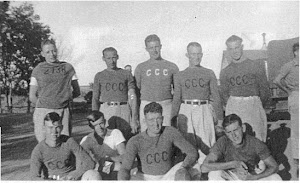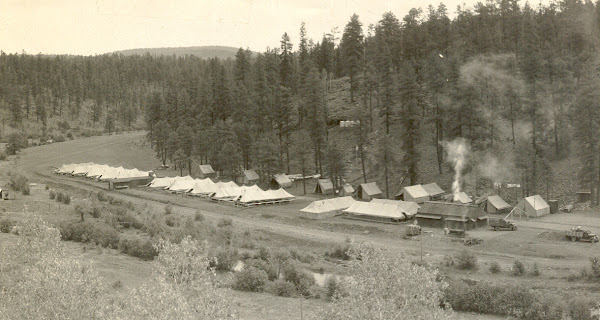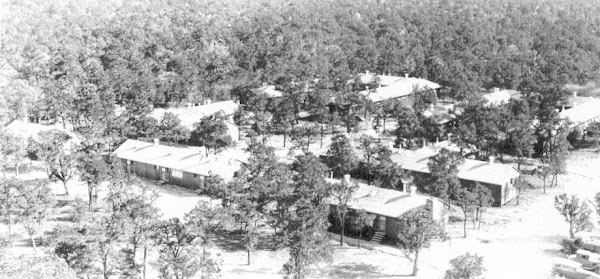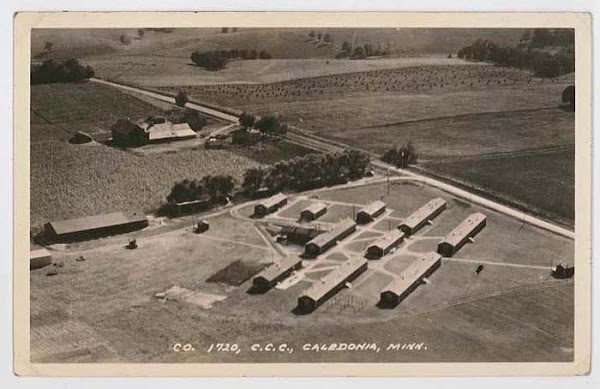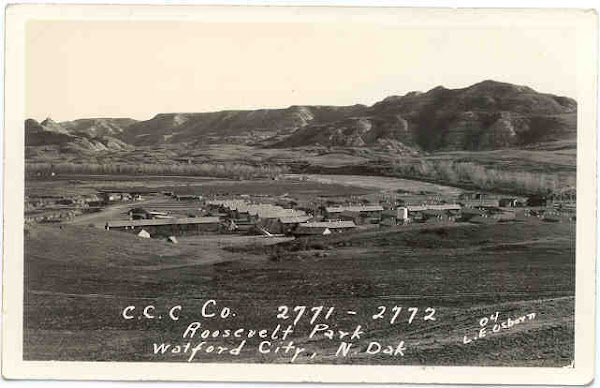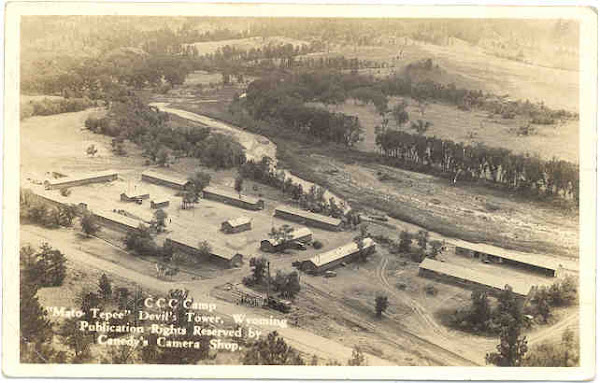 In an effort to create better content here and at the Forest Army blog, I’m creating a new feature that I’ll tentatively title The CCC State By State. Like a lot of “bright ideas” before, this one is not fully formed, but even now I feel that some initial explanation is needed.
In an effort to create better content here and at the Forest Army blog, I’m creating a new feature that I’ll tentatively title The CCC State By State. Like a lot of “bright ideas” before, this one is not fully formed, but even now I feel that some initial explanation is needed.The CCC State By State entries will cover the work of the CCC in each of the United States and the U.S. Territories, starting with Alabama and hopefully finishing up with Wyoming. Ideally, I’d have at least one State By State entry done each week during the coming year but likely as not, the entries will spill over into 2012 as well.

In each entry I will include bibliographic data to indicate from where the information has been taken, but in each case the entries will likely develop around data from Perry H. Merrill’s terrific book “Roosevelt’s Forest Army: A History of the Civilian Conservation Corps” first published in 1981 and still available online. Additionally, I’ll try to refer to prominent works related to each individual state, as I know there are a number of books that detail work in specific states and locales. I’ll also try to add links to websites that contain useful information on CCC work in specific states. I anticipate that photos will come from Stan Cohen’s pictorial history of the CCC, The Tree Army and in each case I’ll cite the photo source as well as the original source if that information is listed in my source material (for example a photo from Cohen’s book would also include a citation if it came from a U.S. Forest Service collection, thus my cite would indicate both sources.)
As each individual state entry is completed and posted, I’ll add the name of that state as a label so that visitors here can simply click on the state name to be directed quickly to their state of interest. I’ll also add a bookmark for State By State so that folks can pull up a list of all the blog posts in the series. Finally, I’ll include a link to this first post in the series within each subsequent state post to refer folks back to my original premise and to hopefully keep me on the straight and narrow from an editorial standpoint. As always, I'll rely on input from visitors, too. If I've missed something, please post a comment.
Next post in the series: Alabama.
Source:
Map from Cohen's The Tree Army, A Pictorial History of the CCC, 1933-1942












